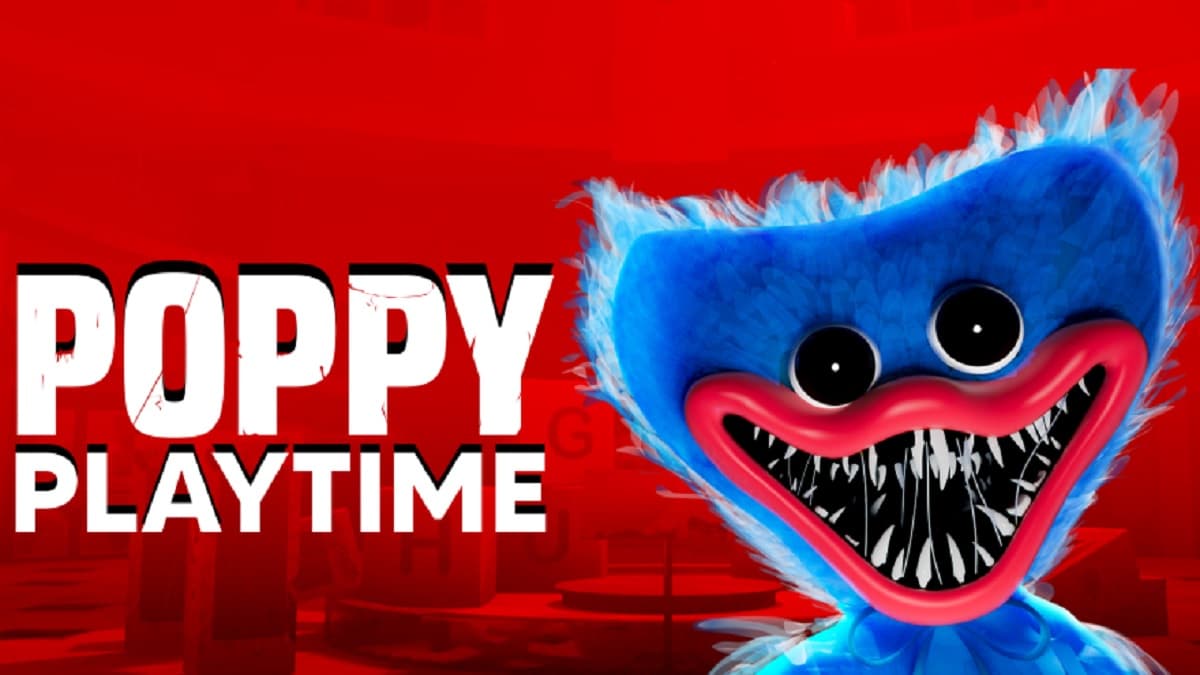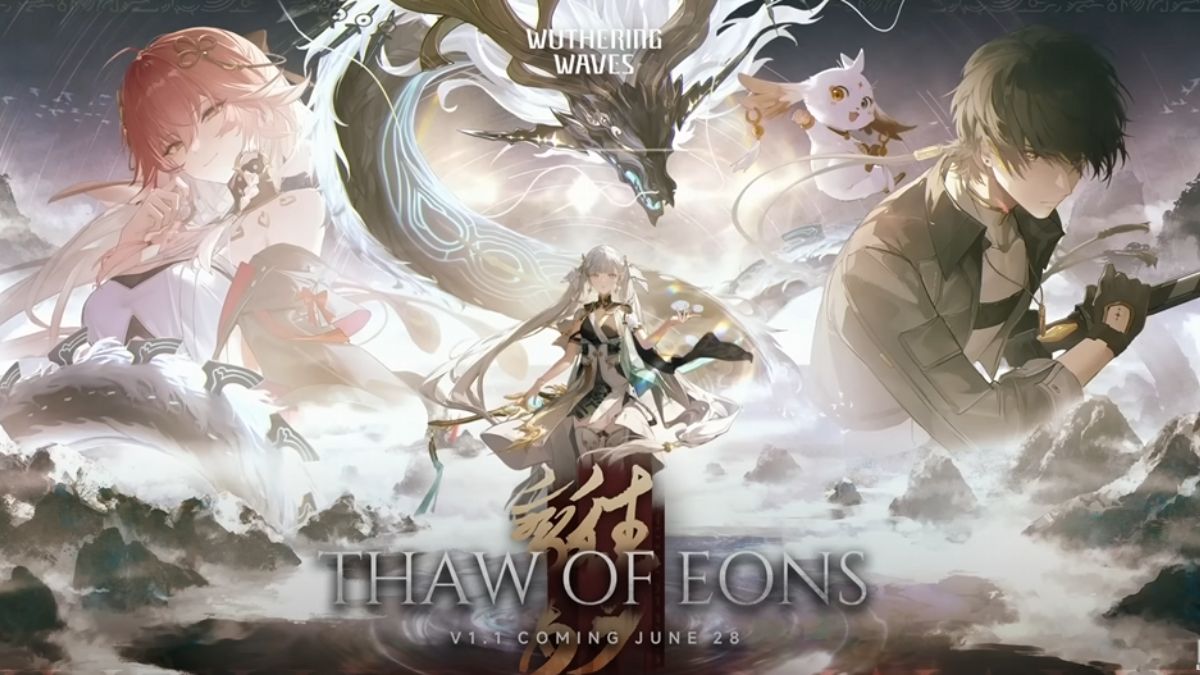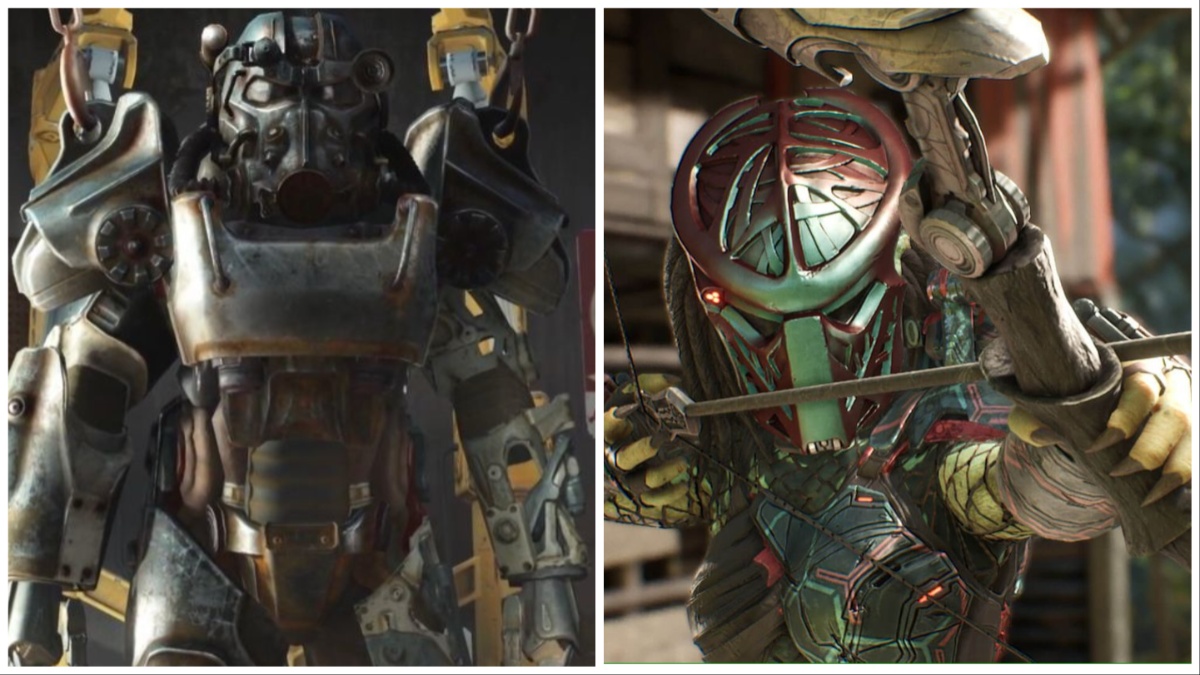FrightShow Fighter, described as “an insane, out-of-this-world indie fighting game” with a quirky-but-spooky aesthetic courtesy of creator/artist Gus Fink, successfully surpassed its goal on Kickstarter this past April. The three-man team behind the project – known as 3 Fright, LLC – has been hard at work ever since to bring the game to iOS and Steam (where it was Greenlit in July).
What’s the game about, you ask? Well, as FrightShow Fighter‘s Kickstarter page explains:
At its heart, FrightShow Fighter is just like the classic fighting games you grew up with. There are 10 crazy characters, each with their own level and set of special moves. The sizes and speeds of all the characters vary greatly, so they all have unique advantages and disadvantages.
Today we caught up with one of the members of 3 Fright, programmer Doug Kavendek, to ask him a few questions about the game and how the development process is going.
Zanne Nilsson: So you and 3D specialist/animator Jeff Brown have worked together for years, but how did you two first team up with Gus Fink, the game’s creator and artist?
Doug Kavendek: I believe that Jeff had met Gus at some art-related thing, or some horror-related thing (two big parts of their interests) and started collaborating on things and had a bunch of ideas bouncing around. The concept for this game has apparently been in at least the conceptual phase with them for a long time, which is why whenever anyone asks, “How long have you guys been working on this?” I usually end up staring at the ceiling and stammering because it’s either I explain a lot of complicated logistics or I tell someone 3-6 years.
But I was working with Jeff for a while and he floated the idea to me, and I originally turned it down because I was in the middle of working on a 2D engine and this game was firmly rooted in 3D. I don’t know if it was Jeff’s persistence or me getting better at programming, but I eventually realized I could adapt my engine to do the dance they’d need for this game and started officially helping out. It was good to have a dedicated purpose where other people were relying on me, because left to my own timelines I could see myself polishing a perfect 2D platformer engine and never actually finishing a game with it.
ZN: What interested you most about this project?
DK: The weird character designs were really appealing because it’s nice to work on something that can be surprising and different. Both Gus and Jeff are ridiculously talented with their art and vision too, which doesn’t hurt. Plus Gus has put out toy lines and collaborated with other games before, so it felt like a more tangible opportunity.
Plus, the idea seemed simple enough. A fighting game with only two dimensions of movement, how hard could it be? Just get some models animating and get some punches going and you’re done! There literally couldn’t be anything tough about that! And then I’ve been working on it in my spare time for at least a couple years now, dang.
ZN: On the game’s Kickstarter page you talk about “a revolutionary input system to control movement and special moves on iPhone & iPad touch screens” in the iOS version that will help differentiate it from other fighting games. Can you tell us more about that?
DK: The basic idea is that we’ve all been really disappointed with touch screen interfaces. They’ve got a lot of advantages, but if you just slap virtual buttons on there, the experience is awful. You don’t have any feedback, your fingers don’t stay on the right spot, everything you do becomes slow and methodical and awful.
So we’ve been brainstorming ways to have fighting controls that try to work with touchscreens rather than try to duplicate a gamepad. What we’ve got so far is a “pose” indicator you use for orienting your character, you can plant your thumb on the middle of it, and you can know which direction you’ve moved your finger based on the character’s own body language. To the right and up and the character stands tall ready to throw harder punches but is more vulnerable, to the left and down and you crouch into a faster, more defensive posture. So you should be able to get a sense of where your finger is without having to take your eyes off your character.
Then the idea is that you react to how your opponent is behaving, to switch between poses to try to counter them or risk a more vulnerable pose to get a stronger punch off. Meanwhile you use your other hand to choose attacks, through different kinds of gestures (and fallback punch/kick buttons if you don’t like swiping). I anticipate that the touch-screen version will remain slightly less fast-paced than using a gamepad for the Steam version, but possibly more strategic. I can’t really say much more about it right now though, since I’ve been focusing on the gamepad controls lately ever since we got Greenlit on Steam, so things might still change a lot.
ZN: What’s been your favorite thing about working on FrightShow Fighter?
DK: The creative control is one big thing, since it’s just the three of us, and we all seem to be fans of doing things unconventionally. We want the overall control to feel familiar enough that people can get into it quickly, but we’re totally OK with more bizarre choices. One of the things I can think of right now is the cat storm special move — I don’t think anyone really expects to push a button and have the screen literally fill with yowling cats, so people just seem to be so delighted when they try it the first time.
Another aspect of creative control is the engine itself; it’s something I’ve been working on for years, re-re-recreating and starting over on parts of it as I’ve learned better ways to architect things. It’s my little baby and I can make that little baby do a lot of interesting gymnastics. And when it’s done, we don’t have to worry about engine royalties or some of the other schemes out there. Not that those are actually bad, I think it’s amazing how many options people have nowadays for making things, and they don’t cost $400,000 anymore.
But I think the simplest answer to this is that my favorite thing is playing the dumb thing! Jumping all over the place and shooting lasers out and blowing up robots.
ZN: What’s the biggest challenge you’ve faced while working on this game?
DK: I avoided answering this in the previous question because I was trying to stick to thematic topics, but having our own engine is absolutely the biggest challenge here. Maybe it’s just a case of grass and greenness/proximity heuristics but I can’t help but wonder how much further things would be along if we had gone with Unity or Unreal or even just Ogre rendering. I try to convince myself that the time invested in learning the systems well enough to do the magic we want to do would be just as significant a time investment, but that doesn’t keep my lantern lit when I’m neck deep in setting up schemes to make UI screen-resolution-independent.
But let’s just say the engine’s a sunk cost, you can’t turn this paddleboat around, full speed ahead. The second biggest challenge is not doing this full time. Without a single big block of time every day, it was hard to always put time in, and any time a bunch of days would go by without working on it, your whole context stack would get flushed out of memory. You forget which features you even had finished or not. And then I actually moved to another state and got a new job a couple months ago, that really screwed up a lot of timing! Developing things like this can sometimes just feel really fragile, and it’s easy to get disrupted.
Luckily, and because nothing in this world makes any sense, while I have a lot less free time in my new location, I’ve actually been making way more progress because I’ve been forced to work on the train every day. Even if it’s just adjusting UI or fixing a weird bug, it keeps everything fresh and I’m constantly mulling over problems and planning next steps. I definitely recommend being trapped in a metal box for a couple hours a day without internet if you want to become more productive.
ZN: It sounds like you all have been hard at work putting everything together. Do you know yet when the game will be ready for release?
DK: Okay, I know we’re not Valve and we aren’t gonna get much slack by just saying “When it’s done,” but I just don’t know yet. We were shooting for the end of the year, but that was before my move. I’ve been getting tons of stuff done, but it’s just showing how many little details really need to be in place if we want this to actually feel like a real thing and not some piece of junk. We promised a demo over the summer, and while yesterday was pretty warm, it’s November and I’m so sorry, I don’t know what else we can do. We really need to get the demo out this month, and I’m thinking that saying the full game should be done before the end of this winter is probably fair, at least.
ZN: Is there anything else you’d like our readers to know about FrightShow Fighter?
DK: We’re aiming for Steam (Windows, Mac, Linux) and iOS. [For the] Steam version we’re thinking $10 max, with the iOS version being free and you can purchase the equivalent price to unlock all the same features. Don’t want anyone getting ripped off, but there’s different expectations on these platforms.
The core game modes will be a single-player story mode, local multiplayer, and we’re hoping to have the time for networked multiplayer in some form. There will also be a mechanism for leveling your character with some basic stat building and experience.
If you want to get the demo and get news of the actual release, find us on Facebook or sign up for our mailing list at frightshowfighter.com. You can also go on there and yell at us about how long this dang demo is taking!
For more info and updates on FrightShow Fighter, you can check out the game’s Twitter and Instagram.
Disclosure: Doug Kavendek is a friend of the author.







Published: Nov 9, 2015 07:00 pm